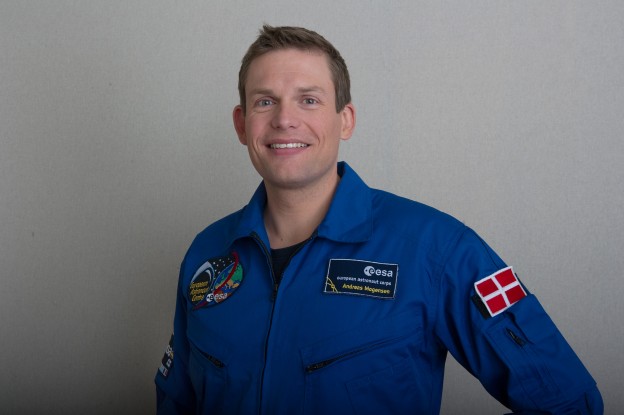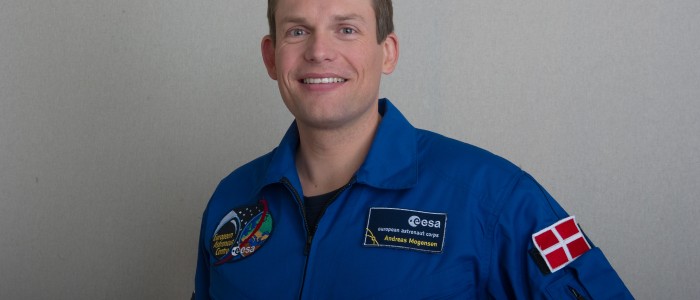 The first day of September Andreas Mogensen been sent to space for a ten- day mission from the Baikonur Cosmodrome in Kazakhstan, however, this is not going to be compared to going on a holiday; every hour will be spent on carrying out different types of experiments. The only break will be while eating and sleeping.
The first day of September Andreas Mogensen been sent to space for a ten- day mission from the Baikonur Cosmodrome in Kazakhstan, however, this is not going to be compared to going on a holiday; every hour will be spent on carrying out different types of experiments. The only break will be while eating and sleeping.
The astronauts whose missions last for longer periods have more time to get used to the weightless environment, besides, they work eight hours a day, whereas Andreas will start working immediately and work nine and a half hours a day, returning to earth after ten days in space. In spite of all the hard work ahead of him, we firmly believe he will end up having fond memories of the mission and possibly feel ready for future missions.
The shorter mission is ideal for testing new technology for space and new ways of operation. Andreas will try a novel suit to alleviate back pain, operate a car-sized rover on earth and use augmented reality goggles to guide him through maintenance tasks. His main workplace will be Europe’s space laboratory Columbus where Andreas perform his studies for the engineers and scientists on earth.
He share the station with eight other people including spaceflight veterans Scott Kelly and Mikhail Korniyenko, who are staying in space for almost a year on their marathon mission. He will also use their Soyus capsule to return to earth and leave the capsule that takes him to space. Each spacecraft has a maximum time allowed in space.
ESA astronaut Andreas Mogensen’s ‘Iriss’ mission to the International Space Station will only last ten days, making the experience more intense for everyone involved. ESA’s Columbus Control Centre at Oberpfaffenhofen near Munich, Germany, follow and help Andreas non-stop during his visit.
As Andreas’s short-duration mission is planned and executed by ESA, the flight directors have more work, and only hours instead of weeks to adapt to new situations. The Control Centre provides additional support for the Iriss mission, with many people working while Andreas sleeps in space to prepare the schedule for his days ahead.
A new high-speed data link allow direct download of live video for experiments allowing mission control to literally see what the astronaut sees as he works, and offer advice if needed.
Join the mission and follow first-hand what is happening via andreasmogensen.esa.int
The name for Andreas’ 10-day mission combines Iris and ISS. Iris was a Greek goddess, the messenger of the gods of Olympus and the personification of the rainbow. As messenger, she represents the link between humanity and the cosmos, and between the heavens and Earth.
NordicSpace met Andreas the day he was introduced for the press only six years ago. Since then, he has carried out an intensive training period to prepare him for a mission to the International Space Station. Recently, he has spent much of the time at the training centre in Russia and Kazakhstan.
Read two earlier articles here:


